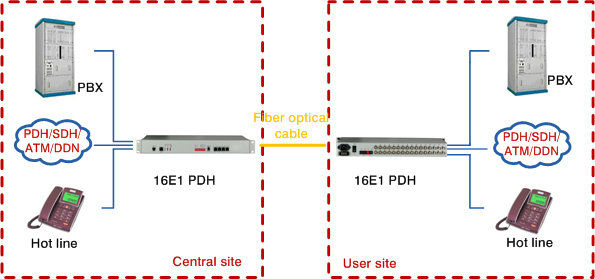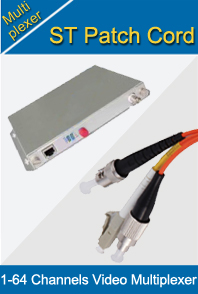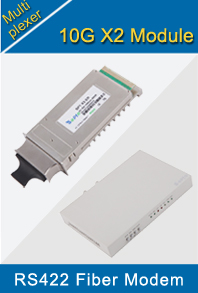-

- Sopto Home
-

- Special Topic
-

- Multiplexer Knowledge
-

- WDM Technology Overview
Multiplexer Knowledge
- Why is Multiplexing Needed in Data Communication Systems?
- What is Concept of Multiplexing in Telephone System?
- What is Digital TV Frequency?
- Outlook of the WDM Networks
- DWDM Technical Overview
- CWDM Technical Overview
- How to Activate Cable Modems?
- How to Install a Fiber Optic Modem?
- How do I Choose a Best Fiber Modem?
SOPTO Special Topic
Certificate



Guarantee
Except products belongs to Bargain Shop section, all products are warranted by SOPTO only to purchasers for resale or for use in business or original equipment manufacturer, against defects in workmanship or materials under normal use (consumables, normal tear and wear excluded) for one year after date of purchase from SOPTO, unless otherwise stated...
Return Policies
Defective products will be accepted for exchange, at our discretion, within 14 days from receipt. Buyer might be requested to return the defective products to SOPTO for verification or authorized service location, as SOPTO designated, shipping costs prepaid. .....
Applications
Multiplexers can be used to connect PBX, Hot line and other devices of network from central site to user site through fiber optical cable.
SOPTO Products
- Fiber Optic Transceiver Module
- High Speed Cable
- Fiber Optical Cable
- Fiber Optical Patch Cords
- Splitter CWDM DWDM
- PON Solution
- FTTH Box ODF Closure
- PCI-E Network Card
- Network Cables
- Fiber Optical Adapter
- Fiber Optical Attenuator
- Fiber Media Converter
- PDH Multiplexers
- Protocol Converter
- Digital Video Multiplexer
- Fiber Optical Tools
- Compatible
Related Products
Performance Feature
High integration desig
Low power consumption
Good EMC, EMI
Stable and Reliable
Multiplexer Knowledge
Recommended


WDM Technology Overview
After languishing for several years as an exciting technology without having a cost-effective application, wavelength division multiplexing (WDM) started playing an important role throughout telecommunications system in the early 1990s. This resulted from your surge in need for high capacity links and also the limitation in the installed fibers plant within handing high-rate optical signals over any significant distance. This particular limitation triggered a rapid potential exhaustion of long-haul fiber networks.
This limitation led to a rapid capacity exhaustion of long-haul fiber networks. While installing an optical fiber cable plant is both expensive and extremely time consuming, expanding the capacity of an installed network is economically attractive. Tradition carries upgraded their link capacity by increasing the transmission rate. This worked well initially, with speeds eventually reaching 2.5 Gb/s. However, when going to the next multiplexing level of 10Gb/s, people starts to encounter the effects that can seriously degrade WDM network performance such as the dispersion, reflections, scattering, etc.
.jpg)
1-64 Channels Video Multiplexer
New fiber designs, special dispersion-compensation techniques, and optical isolators can mitigate these limitations, and newly installed links are operating very well as 10Gb/s per wavelength.
However, a large portion of the older installed fiber base is limited to OC-48 rates (2.5Gb/s) at a given wavelength. Thus, a great interest has been established in using WDM, not only for older links but also to have a very high capacity new links.
For a typical WDM link, at the transmitting end, there are several independently modulated light sources, each emitting signals at a unique wavelength. Here a multiplexer is needed to combine these optical outputs into a continuous spectrum of signals and couple them onto a single fiber. At the receiving end, a demultiplexer is required to separate the optical signals into appropriate detection channels for signal processing.
At the transmitter, the basic design challenge is to have the multiplexer provide a low-loss path from each optical source to the multiplexer output. Since the optical signals that are combined generally do not emit any significant amount of optical power outside of the designated channel spectral width, interchannel cross-talk factors are relatively unimportant at the transmitting end.
For more technological information, please browse our website. For products’ info and newest quotes, please contact a Sopto representative by calling 86-755-36946668, or by sending an email to info@sopto.com.



